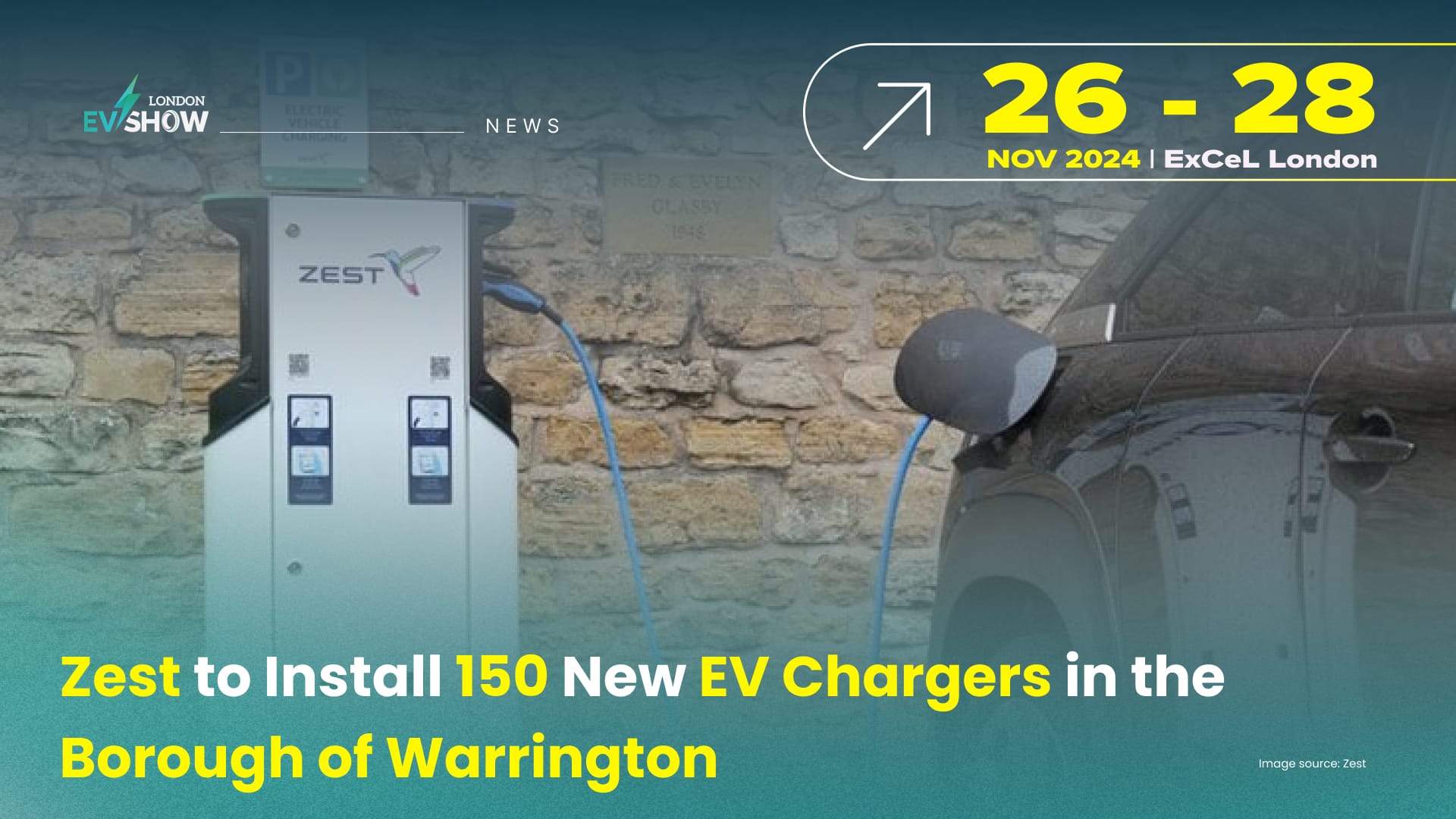08 August, 2024: British charge point operator Zest has announced plans to install 150 new public EV chargers across Warrington, a town in northwestern England. The rollout will see both AC and DC chargers distributed across 35 streets, focusing on areas where EV drivers lack home charging options.
Installation is set to commence in September, with the full deployment expected by Spring 2025. Zest has not disclosed the exact locations or the number of fast chargers, but the company emphasises its commitment to integrating the chargers into locations that align with drivers' everyday routines.
The project will see an investment of £1.2 million from Zest, complemented by a £386,580 grant from the Office for Zero Emission Vehicles (OZEV) under its Local EV Infrastructure (LEVI) programme.
In the company press release, Robin Heap, CEO and Founder of Zest, stated, “We work with a leading group of local authorities pursuing an ambitious EV strategy, powered by a combination of funding from Zest and central government LEVI grants. Our role is to work with organisations like Warrington that want to build bigger and move faster in EV charging, investing in high quality facilities and providing a convenient long-term service.”
Cllr Hans Mundry, Leader of Warrington Borough Council and Cabinet Member for Transport, expressed enthusiasm about the project in the press release, stating, “We’re committed to building sustainable transport into daily life in Warrington. A big part of that is supporting more residents to make the switch away from traditional petrol or diesel-powered cars. I’m delighted we are partnering with Zest to deliver this significant expansion of on-street EV charging infrastructure across the town. Our investment in 150 new charging points will bring huge benefits to local residents, making it easier and more convenient for electric vehicles owners and those who wish to make the transition.”
The initiative marks a significant step towards enhancing EV infrastructure in Warrington, aiming to support the growing number of electric vehicles and promote a transition to sustainable transportation.


